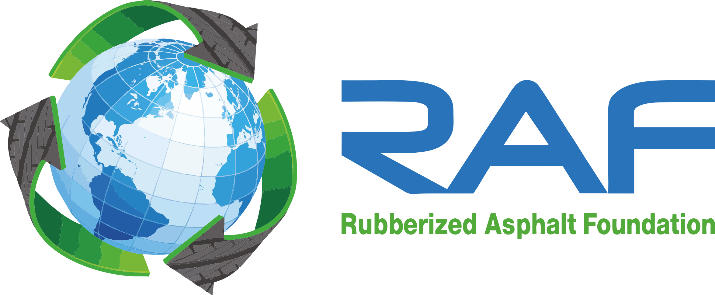Asphalt Rubber (AR) has been used in the United States since 1960s.
Because AR binders contain a Crumb Rubber Modifier (CRM) manufactured from
waste tires, it has significant environmental advantages. Over the years, laboratory
and field performance have shown that the Rubberized Hot Mix Asphalt (RHMA)
using AR can extend pavement life, resist reflective cracking, and reduce noise.
This paper evaluates the cost benefits of using AR hot mixes using current cost and
performance data along with the life cycle cost analysis (LCCA) approach.
In order to obtain the true performance of the asphalt rubber hot mix asphalt, the
Caltrans project database was searched for RHMA applications. Total 126 asphalt
rubber projects from Caltrans 12 districts over the last 15 years have been located
and detailed project data were evaluated. The treatment life was estimated from the
start of a project until the next surface treatment on the same project location. The
cost information was from the Caltrans office of engineer’s cost bidding website.
This paper conducted a statistical analysis of life cycle cost of comparing RHMA
over conventional HMA. First, the FHMA RealCost software was used to obtain
the life cycle cost of each scenario based on California local conditions. The LCCA
results from this study considered both agency costs and user costs. Then statistical
approach was used to compare RHMA and conventional HMA. The probabilistic
results show that RHMA are more cost effective than conventional HMA in most
scenarios.
